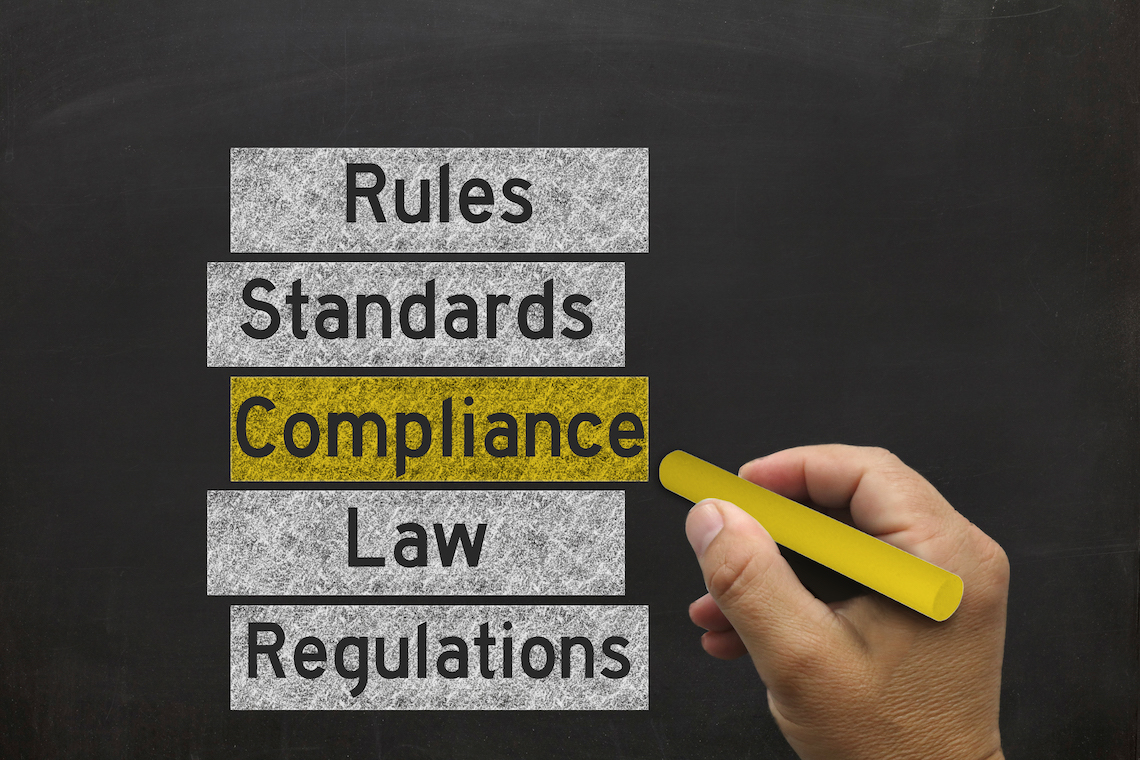Over the previous two issues we have been exploring Officers’ Due Diligence requirements from Sec 27 of the WHS Act.
After analysing what Officers should do in terms of acquiring and maintaining an understanding of the organisation and WHS [Sec (5)(a) & (b)], and then ensuring appropriate resources and processes are used to eliminate or minimise the WHS risks etc. [Sec 27 (5)(c) & (d)], we have reached the compliance and verification process (Sec 27 (5) (e) & (f)].
Section 27 (5)(e)appears as the ‘catch-all’ statement – now that you have the knowledge and understanding, resources and processes, there is a need to ensure that the PCBU “has and implements processes for complying with any duty or obligation … under this Act”.
The Act specifically mentions the duties relating reporting notifiable incidents, worker consultation, compliance with issued notices and the provision of WHS training and instruction to workers about work health and safety.
Then Section 27 (5)(f) requires the Officer to verify the provision and use of the resources and processes to achieve ‘all of the above’ in relation to Section 27(5).
What does it mean?
The Board and Executive Management, as ‘Officers’ of the organisation, must ensure the ‘PCBU’ is complying with its duties and obligations under the WHS Act, and verify that necessary actions have been taken to manage WHS Matters.
This duty requires ‘Officers’ to join the dots to make sure the PCBU is taking the necessary action to manage health and safety matters.
What needs to be done?
Officers should take the following steps:
- Ensure compliance with all requirements under the WHS Act;
- Specifically ensure that notifiable incidents are reported, workplace consultation, cooperation and coordination is in place, and that training and instruction are provided;
- Ensure that WHS risks are managed, especially if high-risk work is involved;
- Be particularly wary of changes – whether they be legislative, organisational or operational – as these commonly lead to potential exposure points;
- Ensure that regular health and safety audits are undertaken by suitably qualified WHS professional;
- Ensure that corrective actions are closed out in timely manner;
- Ensure the effectiveness of the WHS System is being formally evaluated at appropriate times; and
- Maintain your cycle of workplace tours to verify information of yourself, and (every now and then) test the veracity of the information received.
Please contact QRMC for more information.









